
The One Ring, Photo Credit: New Line Cinema
In the annals of cinema, few opening chapters have set the stage quite like “The Lord of the Rings: The Fellowship of the Ring.” Released in 2001, Peter Jackson’s adaptation of J.R.R. Tolkien’s beloved novel didn’t just raise the bar for fantasy films—it forged a new bar from mithril and then pole-vaulted over it.
From the moment the New Line Cinema logo fades and we’re thrust into the history of Middle-earth, it’s clear we’re not in Kansas anymore, Toto. Jackson and his army of Kiwi craftspeople have achieved the impossible: they’ve made New Zealand look like somewhere else.
The Shire, brought to life with meticulous detail, is a pastoral paradise that would make even the most committed city-dweller consider a move to hobbit-hood. Every leaf, every pumpkin, every beer mug in the Green Dragon feels authentically lived-in. It’s as if Tolkien’s descriptions leapt off the page and decided to set up shop in the real world.
But it’s not just the Shire. From the ethereal elegance of Rivendell to the cavernous depths of Moria, each location is a character in its own right. The production design team, led by Grant Major, deserves all the lembas bread they can eat for creating a world so tangible you can almost smell the pipe-weed.
A Cast of Thousands (Well, Dozens at Least)
Assembling a cast for an epic of this scale is no small feat, but Jackson struck gold—or should we say mithril—with his choices.
Elijah Wood’s Frodo carries the weight of the Ring and the film with equal measure. His wide-eyed innocence gradually gives way to a weariness that foreshadows the long journey ahead. And let’s be honest, those baby blues could melt the One Ring itself.
But it’s Ian McKellen as Gandalf who truly anchors the film. Whether he’s setting off fireworks, battling a Balrog, or just enjoying a smoke, McKellen embodies the wizard with a perfect blend of gravitas and twinkle-eyed mischief. His “You shall not pass!” moment instantly entered the pantheon of iconic movie lines, right up there with “I’m gonna make him an offer he can’t refuse” and “E.T. phone home.”
The supporting cast is equally stellar. Viggo Mortensen’s Aragorn broods with the best of them, carrying the weight of his lineage like a really stylish, ranger-shaped coat hanger. Sean Bean’s Boromir is so compelling that for once, we’re actually sad to see him die (oops, spoiler alert for that one person who hasn’t seen it yet).
And let’s not forget the comedic relief provided by Merry and Pippin. In a world of high stakes and ancient evil, their hobbit hijinks remind us that sometimes, all you need is a good mushroom and a pint of ale.
The One Plot to Rule Them All
Adapting Tolkien’s dense prose into a coherent screenplay was a task that would make even the wisest of elves scratch their pointy ears. Yet, Fran Walsh, Philippa Boyens, and Peter Jackson managed to distill the essence of the story without losing its epic scope.
The plot moves with the urgency of a Nazgûl on a mission, yet still finds time for character moments that make us care about this motley crew. From the cozy comforts of Bag End to the terror of the Ringwraiths’ pursuit, each scene builds upon the last, creating a narrative momentum that carries us through the film’s substantial runtime without ever feeling like we’ve taken one too many detours.
The decision to end the film at the breaking of the Fellowship was a masterstroke. It leaves us on a cliffhanger that would make serialized Victorian novelists proud, while still providing a sense of closure to this chapter of the journey.
Technical Wizardry
Behind the scenes, an army of artists and technicians worked magic that would impress even Saruman. The blend of practical effects, miniatures, and nascent CGI creates a visual feast that holds up remarkably well even two decades later.
The Balrog, a creature of shadow and flame, is a testament to the power of suggestion in visual effects. By keeping it shrouded in darkness and smoke, the filmmakers created a monster more terrifying than any fully-lit CGI beast.
And let’s not forget Howard Shore’s score. From the first notes of the Shire theme to the ominous tones of Mordor, Shore’s music doesn’t just accompany the action—it elevates it, becoming as integral to the experience as the visuals themselves.
The Impact
“The Fellowship of the Ring” didn’t just adapt Tolkien’s work; it reignited a passion for fantasy in popular culture. Suddenly, everyone was brushing up on their Elvish, and “second breakfast” entered the lexicon of food enthusiasts everywhere.
More importantly, it proved that fantasy could be taken seriously as a genre in film. No longer relegated to B-movie status or children’s fare, “Fellowship” showed that stories of elves, dwarves, and hobbits could tackle themes as weighty as any prestige drama.
In Conclusion
“The Lord of the Rings: The Fellowship of the Ring” is more than just the first part of a trilogy—it’s a self-contained epic that set a new standard for what fantasy films could be. It’s a testament to the power of cinema to transport us to other worlds, to make us believe in the unbelievable, and to care deeply about the fate of a short guy with hairy feet trying to throw some jewelry into a volcano.
As we watch Frodo and Sam set off towards Mordor at the film’s end, we’re left with a sense of awe at the journey completed and anticipation for the road ahead. In the words of Gandalf, “All we have to decide is what to do with the time that is given us.” And spending three hours in Middle-earth? That’s time well spent indeed.
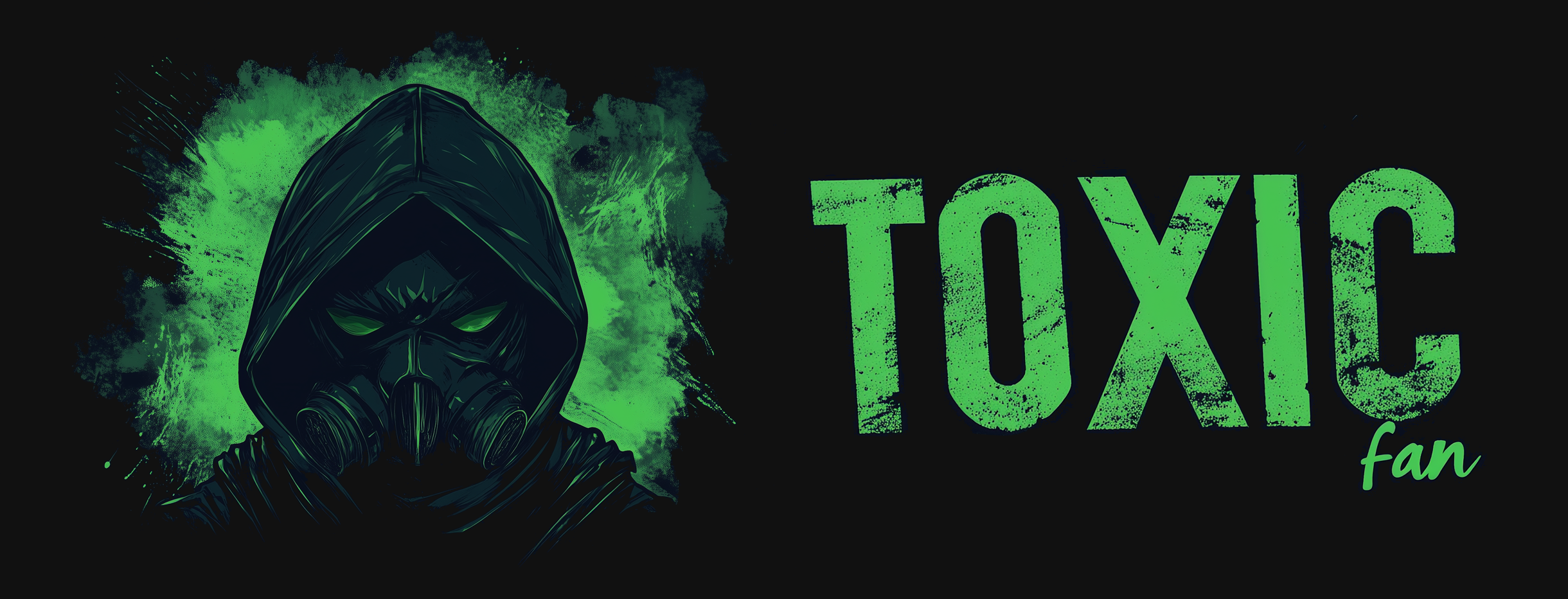
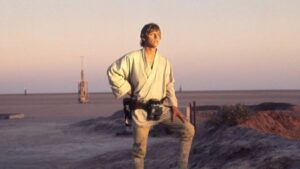
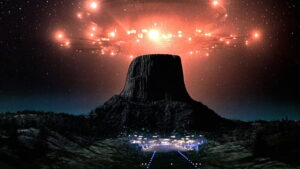
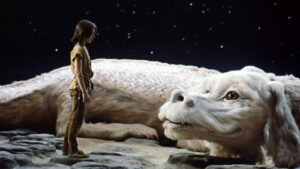
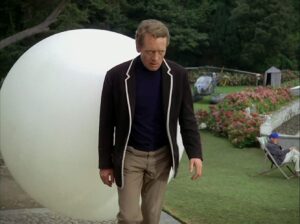
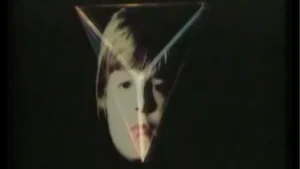
2 thoughts on “The Fellowship of the Ring: Where Epic Begins”